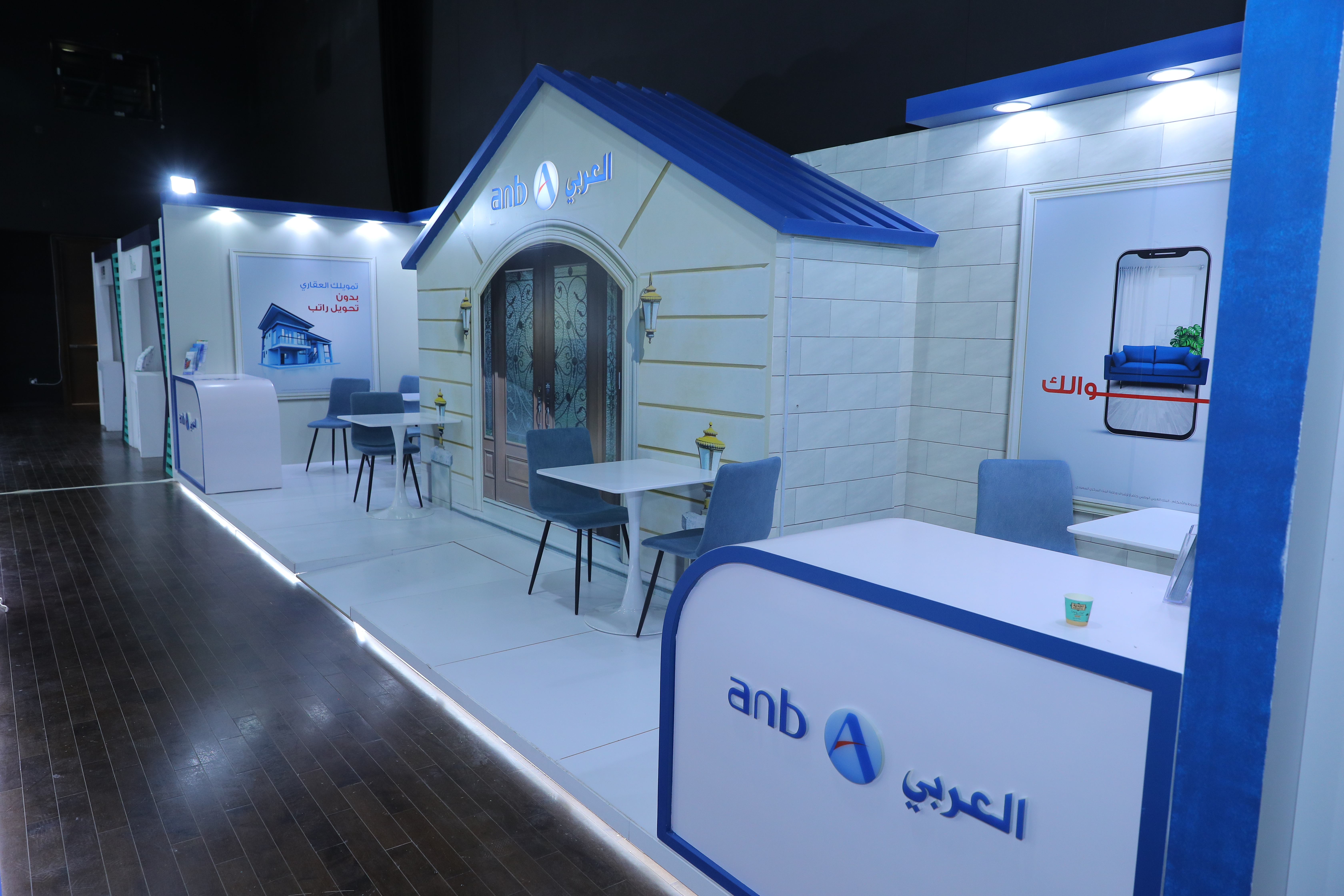
The Impact of Space in Installation Art
Installation art has become a powerful form of expression in the contemporary art world. It goes beyond traditional art forms like painting and sculpture by creating immersive experiences that engage viewers in unique ways. A key element in installation art is the use of space. This article explores the impact of space in installation art, highlighting how artists manipulate environments to influence perception and emotions.

Understanding Installation Art
It is an artistic genre that emerged in the mid-20th century. It encompasses large-scale, mixed-media constructions, often designed for a specific location or audience. Unlike traditional art, installation art invites viewers to enter and interact with the art piece, offering a more immersive experience.
The Role of Space in Installation Art
The space in which an installation is set plays a critical role in how the art is perceived. Unlike traditional art forms, where the artwork is separate from its environment, installation art integrates the artwork with its surroundings. The space becomes an active component of the art, influencing how the audience experiences it.
Elements of Space in Installation Art
Physical Space
Physical space refers to the actual, tangible area in which the installation is situated. This can be an indoor gallery, an outdoor park, or even a non-traditional venue like an abandoned building. The choice of physical space can greatly affect the installation’s impact.
- Scale and Proportion: The size of the space can dictate the scale of the installation. A vast space may require a large-scale installation to fill it effectively, while a smaller space might call for a more intimate piece.
- Architecture: The architecture of the space, including walls, ceilings, and floors, can be integrated into the installation. Artists often use these elements to enhance the narrative or emotional impact of the work.
Perceptual Space
Perceptual space refers to the way viewers perceive space within an installation. Artists can manipulate perceptual space to create illusions or alter the viewer’s sense of reality.
- Light and Shadow: Lighting can dramatically alter the perception of space. Shadows can create depth and mystery, while bright lights can emphasize certain aspects of the installation.
- Sound: Sound can expand or contract the perceived space. Echoes can make a space feel larger, while soft, contained sounds can create a sense of intimacy.
- Movement: The way viewers move through an installation affects their perception of space. Some installations are designed to guide viewers along a specific path, creating a narrative journey.
The Emotional Impact of Space in Installation Art
The manipulation of space in installation art can evoke a wide range of emotions. By controlling elements like light, sound, and movement, artists can create spaces that are calming, unsettling, inspiring, or thought-provoking.
- Calm and Contemplation: Soft lighting and gentle sounds can create a serene space, encouraging reflection and contemplation.
- Tension and Discomfort: Tight spaces, harsh lighting, and jarring sounds can evoke feelings of tension or unease.
- Wonder and Awe: Large-scale installations with dramatic use of space can inspire awe and wonder, leaving a lasting impression on viewers.
Conclusion
The impact of space in installation art is profound. By integrating the environment into the artwork, artists create immersive experiences that engage viewers on multiple levels. Whether through physical, perceptual, or narrative manipulation, space in installation transforms the way we perceive and interact with art, making it a powerful medium for expression and connection.
In conclusion, it challenges traditional boundaries, using space as a canvas to convey complex ideas and emotions. As artists continue to experiment with new ways of manipulating space, it will remain a dynamic and influential form of contemporary art.


